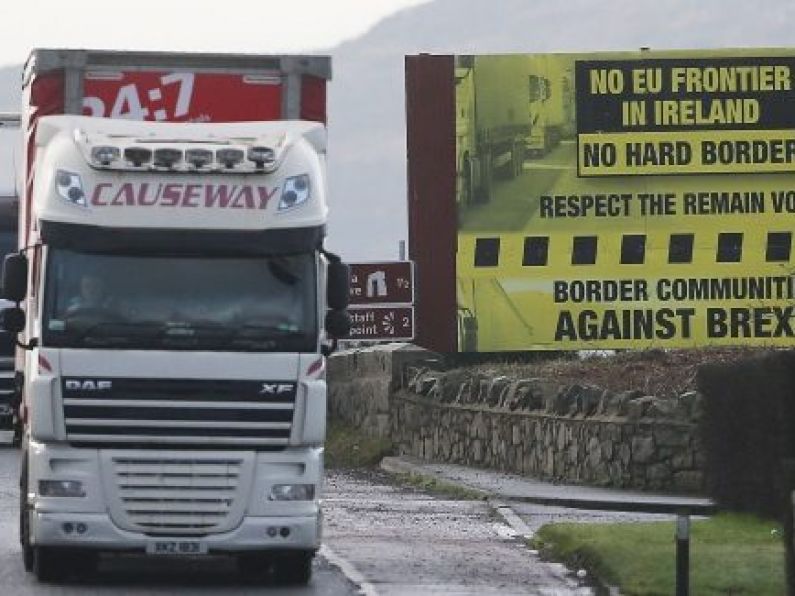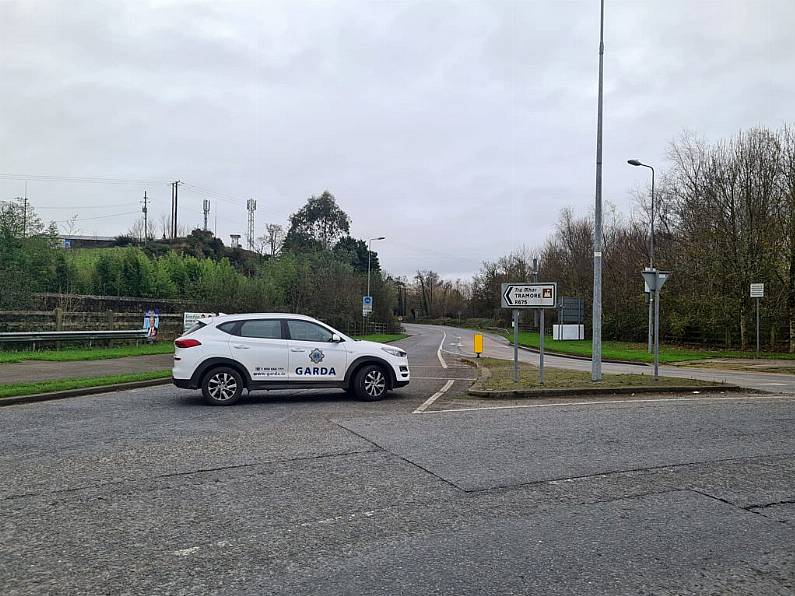After the UK parliament rejected the withdrawal agreement struck between Theresa May’s government and the EU by an over- whelming margin in mid- January, the deal looked dead in the water.
However, last week saw quite a turnaround when MPs voted they would accept the agreement if the Irish backstop was “replaced by alternative arrangements to avoid a hard border”.
However, it is going to be a major challenge to agree alternative arrangements to the backstop that would prevent a hard border.
If this was an easy task, then viable alternatives would have come to the fore during the negotiations on Brexit over the past year.
A rehash of previously rejected ideas, such as using as yet undeveloped technology, would not be an acceptable solution.
The EU remains very firm in saying the deal cannot be reopened and that there can be no renegotiation of the backstop.
The Irish Government has also been steadfast in its refusal to countenance any renegotiation of the backstop.
In these circumstances, the UK could be left facing the choice of accepting the current agreement or leaving the EU without a deal, possibly sometime later this year after an extension to Article 50.
A difficulty for the EU is the UK parliament has not specified what type of alternative arrangements it wants. There is no guarantee any new arrangements would be acceptable to the UK parliament.
This means February and March could prove to be the two most torrid months yet in the Brexit process, as the clock ticks down towards the UK’s scheduled departure date of March 29.
Later this month, efforts could begin to find some modification to the backstop.
The closer we come to March 29, the more likely that it may be accepted by the UK parliament, in order to avoid a no-deal hard Brexit.
Sterling has made good gains in the past month on rising hopes that a no-deal hard Brexit can be avoided, if necessary by extending the Article 50 to delay Brexit.
It has risen from $1.26 at the start of the year to around $1.31 and has strengthened against the euro to around 87p.
Sterling’s gains are likely to be limited as an exit deal will still leave a lot of uncertainty about the future relationship between the UK and EU.
Difficult trade talks are still to come. The euro may fall against sterling to around 85p.
On the other hand, if the prospects of a no-deal hard Brexit start to grow, then sterling can be expected to fall quite sharply.
Oliver Mangan is AIB’s chief economist






